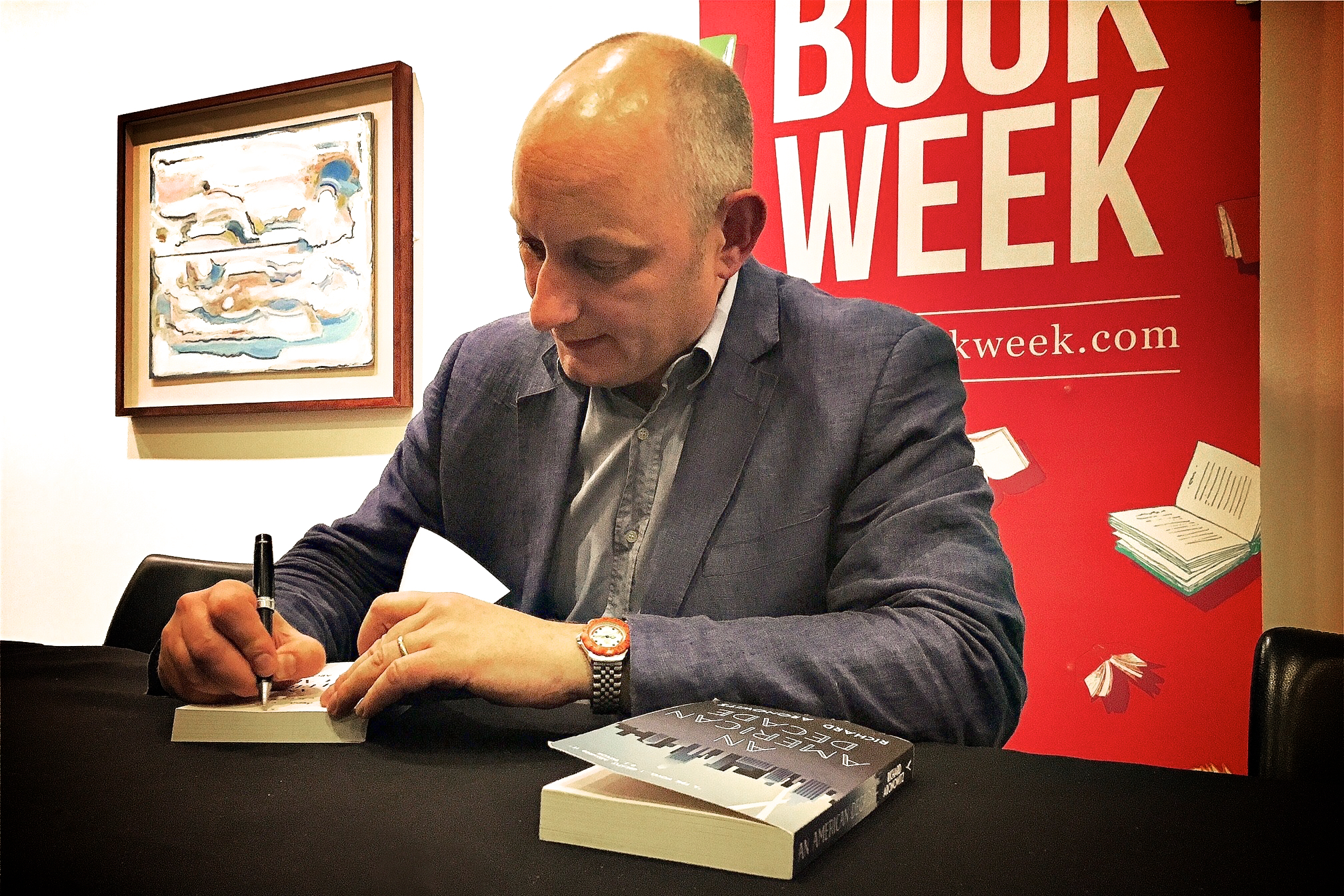It’s all in the files, the meticulous records, the typed lists and inventories and statements and reports that the Nazis kept, if you only go into the archives and look for them. My grandmother Miriam Aronowitz was deported from Wuppertal-Elberfeld on the 10 November 1941 to the Minsk Ghetto. Wagons loaded with two hundred and sixty-four Jews from Wuppertal-Elberfeld and the surrounding area waited on sidings at Wuppertal-Steinbeck station for Sonderzug (Special Train) Da 52 to come in from Düsseldorf-Derendorf freight station that cold morning. When it did arrive, already delayed at the start of its long journey, the wagons were coupled up to the train. The extended Sonderzug Da 52 now had, in all, nine hundred and ninety-two Jews crammed into its wagons, unable to sit for lack of floorspace. It pulled out of Wuppertal-Steinbeck at around midday and rattled onwards, routed via Hagen, Soest, Paderborn, Lodz, Warsaw and Bialystok to arrive in Minsk on the 14 November. It was a journey of 1700 kilometers completed in ninety-six hours. At its worst, the weather outside was -12 degrees Celsius. There was no heating in the wagons: all that they had was the body heat from each other.
The thirty-six-year-old SS Sturmbannführer and police captain Wilhelm Meurin was in charge of the sixteen guards on that train. In his report on the journey written for his superiors on the 22 November 1941, he discusses the numerous delays and the logistical challenges of reaching Minsk on that rail route. He writes that 8000 Russian Jews have recently been taken out of the Minsk Ghetto and shot to make way for these new arrivals. Meurin reports that shortly after the 992 Jews were unloaded from the train, some of the younger adults discovered a piano in an abandoned inn somewhere in that part of heavily war-damaged Minsk where Sonderzug Da 52 had arrived. Twenty of them danced around naked and three couples performed sex acts in front of the crowd. Cleareyed Wilhelm Meurin: he writes with such precision and sets out his facts so plainly. He reports that Soviet prisoners of war in Minsk have resorted to the most desperate acts of cannibalism from their dead comrades to survive, feeding off their livers, lungs and brains.
Only five of the deportees on Sonderzug Da 52 survived the Holocaust and my grandmother, dark-eyed Miriam, was not one of them. I do not know whether she died in the Minsk Ghetto or in the nearby camp of Maly Trostenets on the outskirts of Minsk, which had been turned by the Germans from a prisoner of war camp for captured Soviet soldiers to an extermination camp for Jews in the summer of 1942.
***
Restitution is the giving-back to someone something they have lost. It is no coincidence that I work as a provenance researcher and restitution specialist in the international art trade. Alongside the millions of lives that were lost during the Third Reich and the Second World War, families also lost their unwritten histories, the stories that should have been passed down from grandmother to grandchild, from father to son. They also lost their homes, both those built out of brick and stone and those of the kind that only exist in our hearts and minds, and which we call our homeland. These countless individuals and families also lost their artefacts, the things that they surrounded themselves with and that were part of their daily lives. These things were, and still are, of emblematic importance to them: items of religious ritual, family photographs and documents, paintings, sculptures, drawings, jewellery, keepsakes and mementoes.
I spend my days researching the stories of objects, from the prosaic to the sublime, and of innumerable works of art of both low and high value that are traded on the international art market, trying to uncover their hidden histories, both for the sake of the things themselves, to fill in the gaps in their history, and for the families who might have lost them during the Third Reich. This métier began with my long investigation into my own family history: I now focus what I learned during that painstaking process of uncovering the layers of my family’s story during the Third Reich onto the lives and histories of other families.
What I have learned above all else is that identity, just like history, is never black and white. Many European Jews felt themselves to be, and were, completely assimilated. The wealthier ones often collected altarpieces and predella panels, alabaster carvings of saints and medieval woodcarvings of Christ on the Cross or the pietà both because they were beautiful examples of European art and because these Jewish collectors saw themselves as an integral part of European history. The art displayed on their walls and in their homes reflected that history and that culture back at them. It was not they themselves who said that they didn’t belong within those narratives, within those stories. Rather, it was others in the 1930s who told them that those stories were not theirs and could never be theirs.






